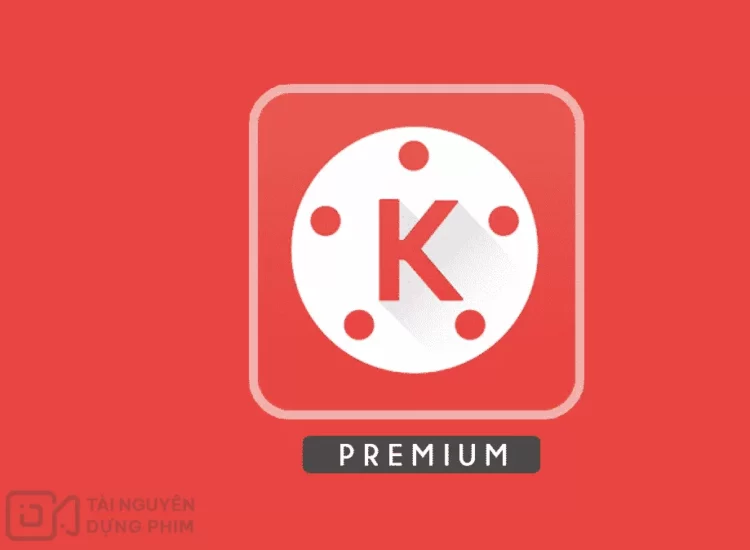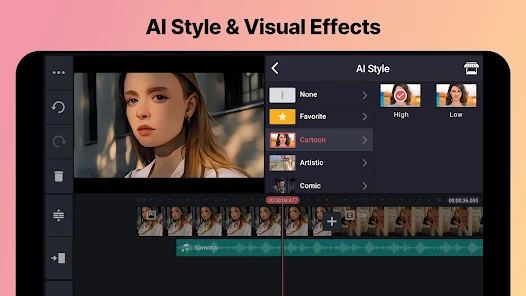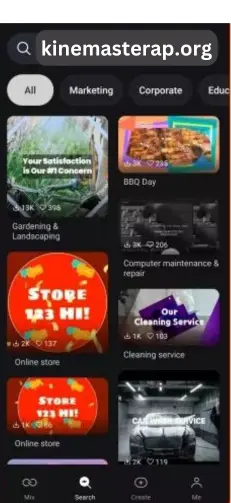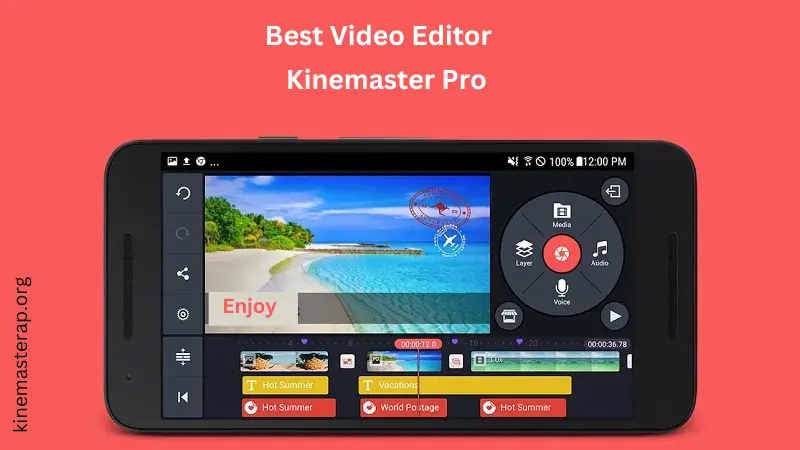Building a Successful and Engaging YouTube Channel for Kids
Creating a YouTube channel that resonates with children is a rewarding endeavor, offering opportunities for education, entertainment, and connection. However, it also comes with significant responsibilities, particularly concerning safety and age-appropriateness. This comprehensive guide, with clear headings, will walk you through the essential steps to build a successful and engaging YouTube channel for kids.
1. Understanding the Landscape: The World of Kids’ YouTube

- The Popularity and Influence of YouTube on Children: YouTube has become a dominant media platform for children of all ages. Understanding its reach and influence is crucial for creators aiming to connect with this demographic.
- Diverse Content Consumption: Children consume a wide range of content on YouTube, from educational videos and animated series to toy reviews and music. Identifying popular niches and understanding what captivates young audiences is the first step.
- The Role of Parents and Guardians: Recognize that parents and guardians often play a significant role in the content their children consume. Appealing to both children and their caregivers can be beneficial.
- Navigating Ethical Considerations: Creating content for children requires a strong ethical compass. Prioritizing their well-being, safety, and development is paramount.
2. Defining Your Niche and Target Audience

Related articles 01:
1. https://kinemasterap.org/crafting-compelling-vlogs-from-short-video-clips-a-comprehensive-guide
3. https://kinemasterap.org/the-evolving-landscape-of-video-key-trends-shaping-2025
4. https://kinemasterap.org/the-evolving-landscape-of-youtube-shorts-key-trends-shaping-the-platform
5. https://kinemasterap.org/the-booming-market-of-youtube-shorts-a-comprehensive-overview
- Age-Specific Content: Children’s interests and developmental stages vary greatly. Decide on a specific age group (e.g., toddlers, preschoolers, early elementary, older elementary) to tailor your content effectively.
- Identifying Content Pillars: Determine the core themes or topics your channel will focus on. Examples include educational content (STEM, literacy, arts), entertainment (storytelling, music, animation), or a combination of both.
- Researching Popular Trends: While originality is important, understanding current trends and popular content within your chosen niche can provide valuable insights and inspiration. Use tools like YouTube Trends or analyze successful kids’ channels.
- Finding Your Unique Angle: What makes your channel stand out? Identify your unique skills, perspective, or content style that will attract and retain viewers.
3. Crafting Engaging and Age-Appropriate Content: The Heart of Your Channel

- Brainstorming Creative Video Ideas: Regularly generate fresh and relevant content ideas that align with your niche and target audience. Consider using mind maps, keyword research, and audience feedback (when appropriate and safe).
- Developing Compelling Storylines and Narratives: For entertainment-focused content, focus on creating engaging stories with relatable characters and age-appropriate themes. Even educational content can benefit from incorporating storytelling elements.
- Incorporating Interactive Elements: Engage young viewers by asking questions, encouraging participation, and incorporating activities or challenges that they can follow along with.
- Maintaining a Positive and Educational Tone: Even if your primary goal is entertainment, strive to incorporate positive messages, values, and learning opportunities whenever possible.
- Keeping Videos Concise and Engaging: Children often have shorter attention spans. Aim for videos that are appropriately paced, visually stimulating, and maintain their interest throughout.
- The Power of Music and Sound Effects: Utilize age-appropriate music and sound effects to enhance the viewing experience and create a more immersive environment.
4. Visual Appeal and Production Quality: Captivating Young Eyes
- Designing Click-Worthy Thumbnails: Your video thumbnail is the first impression. Use bright colors, engaging images of children or characters, and clear, easy-to-read text. Avoid misleading or clickbait thumbnails.
- Creating Attention-Grabbing Titles: Craft concise and descriptive titles that clearly communicate the video’s content and appeal to both children and their parents. Include relevant keywords for searchability.
- Investing in Good Video and Audio Quality: While professional equipment isn’t always necessary initially, strive for clear visuals and understandable audio. Good lighting and minimal background noise are crucial.
- Effective Video Editing Techniques: Use dynamic editing, smooth transitions, and appropriate pacing to keep young viewers engaged. Consider adding age-appropriate graphics and animations.
- Developing a Consistent Visual Style: Maintain a consistent look and feel across your videos in terms of color palettes, graphics, and overall aesthetic to build brand recognition.
5. Building Your Brand Identity: Creating a Memorable Present
- Choosing a Catchy and Age-Appropriate Channel Name: Select a name that is easy for children to remember and pronounce, and that reflects the theme of your content.
- Designing a Recognizable Logo and Channel Art: Create a visually appealing logo and banner that aligns with your channel’s theme and appeals to your target audience.
- Crafting a Compelling Channel Description: Write a clear and concise description that outlines the type of content you create and who your target audience is.
- Developing a Consistent Intro and Outro: Create short, engaging intro and outro sequences that reinforce your brand identity.
6. Engaging with Your Audience (and Their Parents): Fostering a Community
Related articles 02:
1. https://kinemasterap.org/top-5-easiest-video-editing-apps-unleash-your-inner-filmmaker
3. https://kinemasterap.org/crafting-compelling-vlogs-from-short-video-clips-a-comprehensive-guide
4. https://kinemasterap.org/creating-a-3d-video-a-comprehensive-guide
5. https://kinemasterap.org/the-evolving-landscape-of-youtube-shorts-key-trends-shaping-the-platform
- Responding to Comments (with Strict Moderation): If you choose to enable comments, implement a robust moderation system to ensure a safe and positive environment. Consider having parental involvement in monitoring comments.
- Creating Playlists for Easy Navigation: Organize your videos into тематические playlists to make it easier for viewers to find related content and encourage longer watch times.
- Encouraging Interaction and Feedback (Safely): Ask simple, age-appropriate questions in your videos to encourage engagement. Be mindful of privacy when soliciting feedback from children.
- Building a Sense of Community: Consider creating themed weeks, running safe and age-appropriate contests or giveaways (with parental consent), or featuring fan art (if applicable and moderated).
7. Prioritizing Safety and Privacy: A Non-Negotiable Aspect
- Thorough Understanding of COPPA and YouTube Kids Policies: Familiarize yourself with and strictly adhere to the Children’s Online Privacy Protection Act (COPPA) and YouTube’s policies regarding content for children. This includes understanding data collection restrictions and age-gating requirements.
- Avoiding the Collection of Personal Information: Never collect personal information from children without verifiable parental consent.
- Implementing Strict Comment Moderation or Disabling Comments: Given the potential risks, carefully consider whether to enable comments. If you do, have a rigorous moderation process in place. Disabling comments entirely is often the safest option for channels primarily targeting young children.
- Utilizing YouTube Kids Platform: Consider uploading your content to the YouTube Kids app, which offers a more controlled and curated environment for children.
- Promoting Responsible Online Behavior: Use your platform to subtly encourage positive online interactions and digital citizenship among your young viewers.
8. Growing Your Channel (Responsibly and Ethically)
- Optimizing Videos for Search and Discovery: Use relevant keywords in your video titles, descriptions, and tags to help your content appear in search results. Research 1 what terms parents and children might use.
1. bizzventures.com
- Promoting Your Channel on Other Platforms (with Parental Guidance): If appropriate and safe, you can share your channel on other platforms where parents might discover it, such as parenting blogs or social media groups for parents.
- Collaborating with Other Kid-Friendly Channels (Safely): If you consider collaborations, ensure the other channel aligns with your values and safety standards. Involve parents in any collaborative efforts.
- Analyzing Your Channel Performance: Utilize YouTube Analytics to understand what types of content resonate most with your audience and adjust your strategy accordingly.
- Maintaining Consistency and Patience: Building a successful YouTube channel takes time and effort. Be consistent with your upload schedule and be patient as your audience grows.
9. Staying Updated and Adapting:
- Keeping Abreast of YouTube’s Policies and Guidelines: YouTube’s policies and guidelines can change, so it’s crucial to stay informed about any updates that might affect your channel.
- Adapting to Evolving Trends: The world of online content is constantly evolving. Be open to adapting your content and strategies to stay relevant and engaging.
- Seeking Feedback and Learning: Continuously seek feedback from parents and, when appropriate and safe, from your young audience to improve your content.
Building a successful YouTube channel for kids requires a multifaceted approach that prioritizes engaging content, visual appeal, strong branding, community interaction, and, above all, safety and ethical considerations. By following these guidelines and remaining dedicated to creating positive and valuable experiences for young viewers, you can establish a thriving and impactful online presence.









